You’ve booked your flight, imagined the turquoise waters of Tulum, and can almost taste the sizzling tacos al pastor from a Mexico City street cart.
But what if the best part of your trip isn’t a place, but the people you meet? What if a small gesture could turn a quick exchange with a shopkeeper into a friendly chat?
After living in Mexico for six years, I’ve learned that there are unspoken rules every visitor should know, simple customs that go beyond the guidebooks and make all the difference.
Mexico’s culture is all about warmth, respect, and community, and these little habits show you truly appreciate the local way of life.
From how you greet people to how you pay for a souvenir, these ten tips will help you experience Mexico in a more authentic, meaningful way.
Contents
- 1 Rule 1: Get the Greeting Right
- 2 Rule 2: Get the Hang of “Mexican Time”
- 3 Rule 3: Cash is King (Especially Small Change)
- 4 Rule 4: Take Your Time and Enjoy Sobremesa
- 5 Rule 5: Listen for the “No” That’s Not Said
- 6 Rule 6: Use “¿Mande?” Instead of “¿Qué?”
- 7 Rule 7: Do NOT Flush the Toilet Paper
- 8 Rule 8: Dress for the City, Not Just the Beach
- 9 Rule 9: Haggle Politely, Not Pushy
- 10 Rule 10: Get Comfortable with Closer Personal Space
- 11 Beyond the Guidebook
Rule 1: Get the Greeting Right
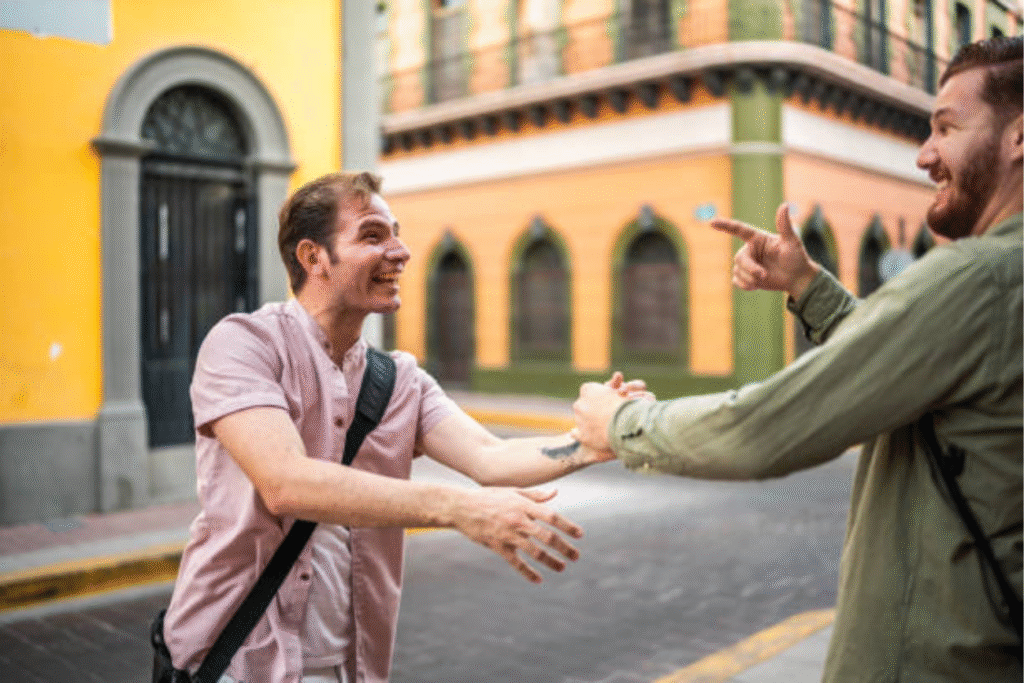
In many places, a simple nod or a quick “hey” is enough when you walk into a shop. But in Mexico, greetings are a sign of respect. Not saying “hello” when you enter a store, elevator, or even a doctor’s office can come off as rude. So, this is one of the most important things to keep in mind when you’re traveling in Mexico.
Start with the right greeting for the time of day: “Buenos días” (Good morning) until noon, “Buenas tardes” (Good afternoon) until sunset, and “Buenas noches” (Good evening/night) after dark. Use this with everyone you meet, hotel staff, bus drivers, or people in a café.
Physical greetings matter too. A firm handshake is the norm when meeting someone for the first time. If you’re familiar with the person, women usually greet with a light kiss on the cheek, and men often exchange a quick hug with a few pats on the back.
This is a way of saying, “I see you, I respect you.” It sets the tone for the warmth and friendliness that are such a big part of Mexican culture.
Also Read: I’ve Traveled Nonstop for Years: These 6 Gadgets Never Leave My Backpack
Rule 2: Get the Hang of “Mexican Time”
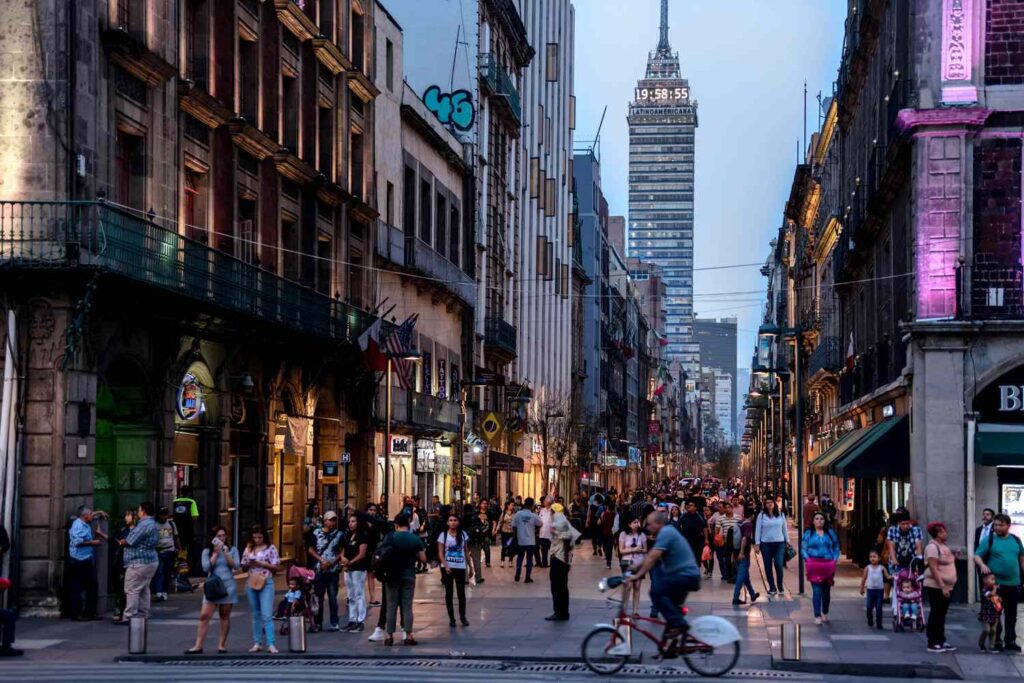
You’ve probably heard the term “Mexican time,” but it’s more than just being fashionably late. In Mexico, there are two types of time, and knowing when to follow each one is key.
First, there’s the “Formal Clock.” For business meetings, doctor appointments, guided tours, or anything official, being on time (or even a little early) is expected. If you’re catching a flight or taking an ADO bus, they won’t wait for you, so don’t push your luck there.
Then, there’s the “Social Clock.” If you’re invited to a party or a casual get-together at someone’s house, it’s totally normal to show up 30-60 minutes after the start time. Arriving exactly on time could seem a bit rushed since your host might still be getting things ready.
It’s about putting relationships first and keeping things relaxed.
Also See: Travelers Are Using This Simple Google Trick to Find Crazy-Cheap Flights
Rule 3: Cash is King (Especially Small Change)
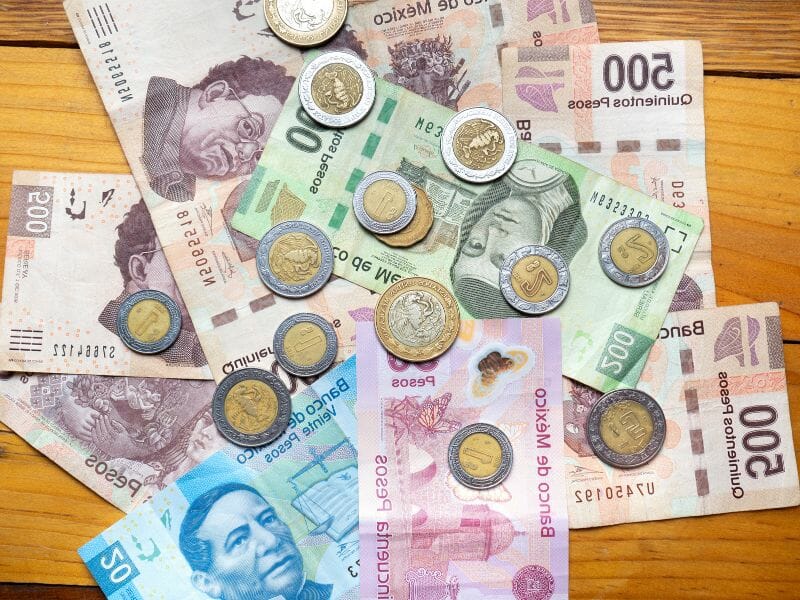
While you can use credit cards at big hotels or fancy restaurants in tourist areas, Mexico is still very much a cash-based country. To really experience it, you’ll need pesos in your pocket.
Cash is what you’ll need for things like street food, local markets (mercados), public buses, and even the small fee to use public restrooms.
Keep a stash of small bills. Many vendors, taxi drivers, and food stalls won’t have enough change for big notes like 500 or 1,000 pesos. Having a mix of 20, 50, and 100-peso bills will save you a lot of hassle.
Cash is also the preferred way to tip (or “propina“). A 10-15% tip is standard in restaurants for good service. While you can sometimes add it to your card payment, staff might not always get it. It’s better to leave cash directly on the table.
Small tips are also appreciated by hotel housekeeping, gas station attendants, and grocery baggers, who often rely on tips for their income.
Rule 4: Take Your Time and Enjoy Sobremesa
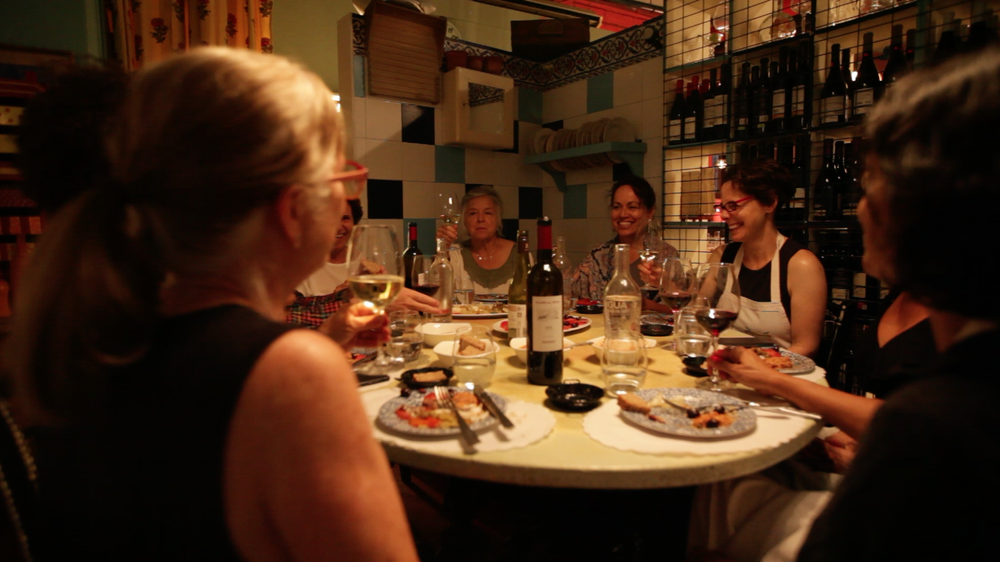
In Mexico, meals are more about enjoying time with others than rushing through them.
One of the most beloved traditions is sobremesa, the time spent lingering at the table, chatting, and soaking in the conversation long after the food is gone.
Leaving quickly after you finish eating is considered impolite. Lunch (la comida) is the main meal of the day and can easily stretch to two hours or more.
You’ll also hear “buen provecho,” which is like saying “enjoy your meal” or “bon appétit.” You might hear it from your host before you dig in, from friends at the table, or even from strangers as they leave the restaurant.
The polite response is simply “Gracias” (thank you), or if they’re eating too, you can say “Igualmente” (Likewise).
Rule 5: Listen for the “No” That’s Not Said
One of the trickiest things for travelers to pick up on is that in Mexico, people often avoid saying “no” directly. It’s about being polite and keeping things friendly. A blunt “no” can feel too harsh or rude, so instead, people use softer ways to say it.
If someone says “vamos a ver” (“we’ll see”), “tal vez” (“maybe”), or starts with “Lo que pasa es que…” (“The thing is…”), there’s a good chance they actually mean no, just in a kind and respectful way.
As a visitor, it’s best not to push for a straight answer. Pressing too hard can make things uncomfortable or cause someone to lose face. Instead, try to pick up on the tone and context.
Learning to hear the polite “no” behind the words will help you avoid misunderstandings, and it shows a real respect for how communication works in Mexican culture.
Also Read: The Best Beaches in Mexico for Quiet Escapes, Chill Days, or Surf-Ready Waves
Rule 6: Use “¿Mande?” Instead of “¿Qué?”
If you didn’t catch what someone said, your gut reaction might be to reply with “¿Qué?” (“What?”). But in Mexico, that can sound a bit rude, especially if you’re talking to someone older or someone you don’t know well.
The more polite and culturally respectful way to respond is with “¿Mande?” It literally means “Command me?” but in everyday conversation, it’s just a courteous way of saying “Pardon?” or “Could you repeat that?”
It’s so common that many Mexican parents specifically teach their kids to say mande instead of qué. Other polite options you can use are “¿Cómo?” (“How?”) or “¿Perdón?” (“Excuse me?”), but mande is the gold standard in polite conversation.
Rule 7: Do NOT Flush the Toilet Paper
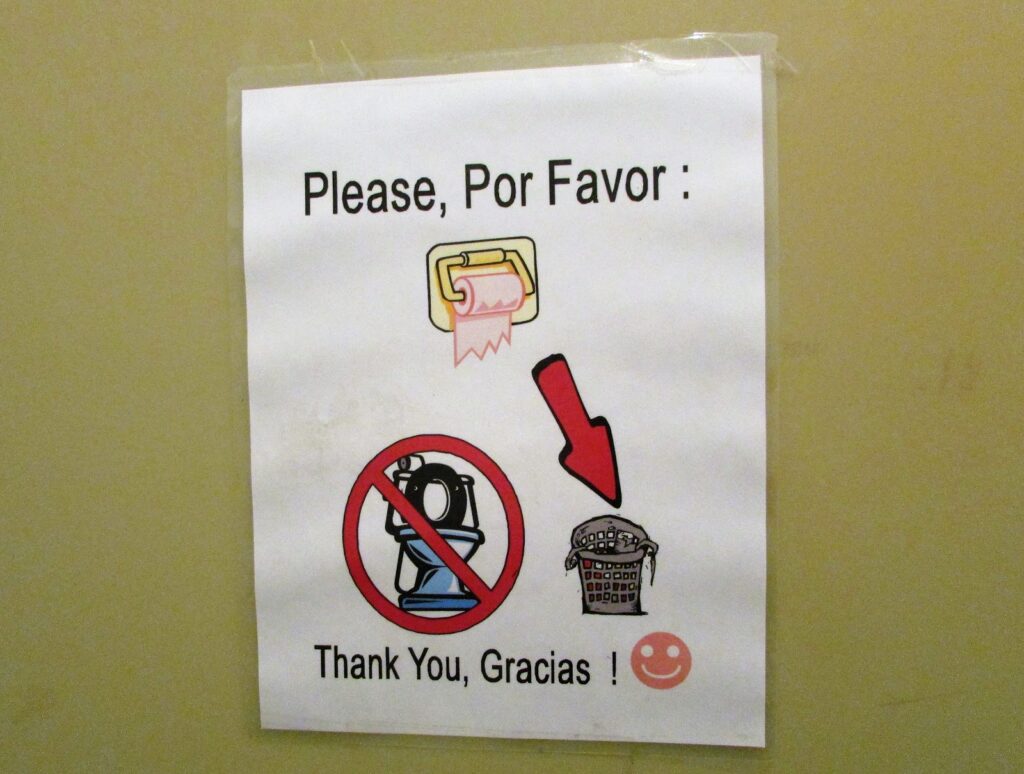
In many places in Mexico, you shouldn’t flush toilet paper. A lot of plumbing systems, especially in older buildings, small towns, or even some restaurants in big cities, just aren’t built to handle it. Flushing can lead to clogs, and trust us, that’s not a mess you want to deal with.
So what do you do? Look for the small trash bin next to the toilet. If it’s there, that’s where the used toilet paper goes. It might feel a little odd at first, but it’s completely normal in Mexico and widely expected.
Also, carry a small pack of tissues with you. Public bathrooms don’t always have toilet paper, and it’s good to be prepared.
Rule 8: Dress for the City, Not Just the Beach
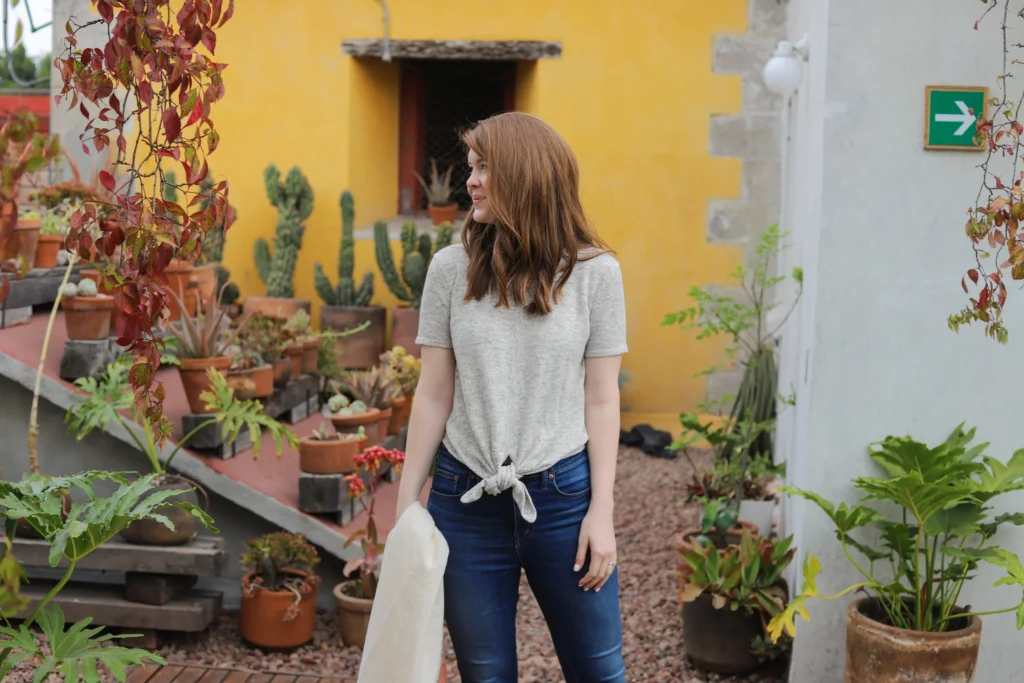
Your flip-flops and tank tops might be perfect for lounging in Cancún, but if you’re heading to a city like Mexico City, Guadalajara, or Puebla, you’ll want to dress differently. In urban areas, people tend to dress more polished, even in warm weather.
Locals usually wear jeans or long pants and opt for closed-toe shoes or clean sneakers instead of sandals. It’s about showing respect for the setting. Cities are seen as places of work, culture, and daily life, not just vacation spots.
Dressing a bit more conservatively helps you blend in and can even lead to better treatment in shops, restaurants, or public spaces. It’s a simple way to show you’re not just passing through; you’re here to connect and respect the local way of life.
Rule 9: Haggle Politely, Not Pushy
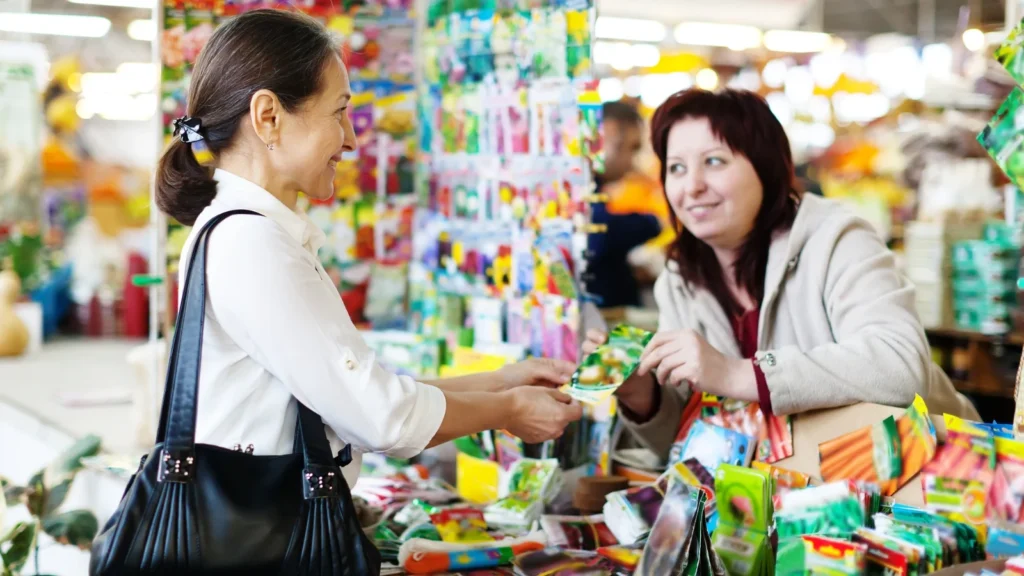
In many local markets across Mexico, bargaining, or regatear, is part of the fun. But it’s meant to be a friendly back-and-forth, not a showdown. A smile and good manners go a long way here.
First things first: only haggle in markets or with street vendors, never in fixed-price stores or at food stalls. If there’s a price tag, it’s not up for negotiation.
When you do want to bargain, start by asking “¿Cuánto cuesta?” (How much is it?). If you think the price is high, try “¿Es lo menos?” (Is that the lowest?).
Offer something fair, maybe 20–30% less, but don’t go too low. Offering a tiny amount can come off as disrespectful, especially when someone has put time and skill into their work.
If you can’t agree on a price, just smile, say “Gracias”, and walk away. Sometimes, that’s when the best deal magically appears.
Rule 10: Get Comfortable with Closer Personal Space
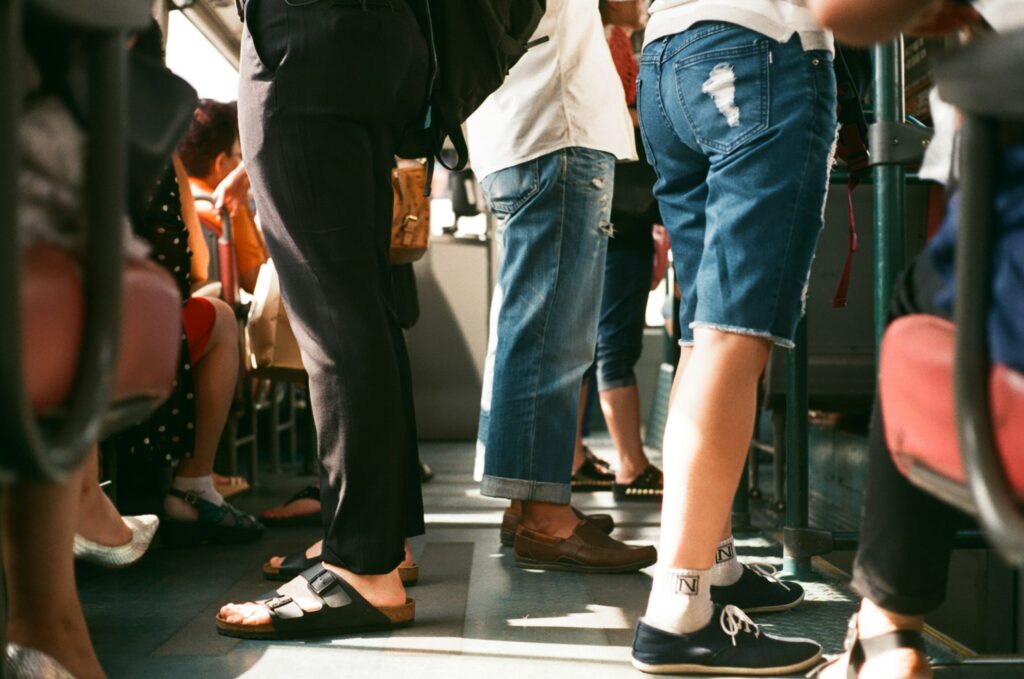
People in Mexico are often warmer and more touchy-feely than you might be used to. They tend to stand closer when they talk, hold handshakes a bit longer, or gently touch your arm to make a point.
Instead of stepping back or showing discomfort, try to relax. This closeness is a way of showing friendliness and openness. Pulling away can sometimes be seen as cold or distant.
By embracing this different way of interacting, you’re matching the warmth they’re offering. It’s one of those simple, unspoken rules that can help you connect more deeply and enjoy a more genuine experience in Mexico.
Beyond the Guidebook
At the end of the day, these ten tips aren’t about memorizing a strict list of rules. They’re about paying attention, showing respect, and being open to a different way of relating to people.
Mexico has a big heart, and its people are known for their warmth and hospitality. By following these unspoken rules, you’ll really connect with the culture.
You’ll take home more than souvenirs; you’ll take home memories of real, meaningful moments.